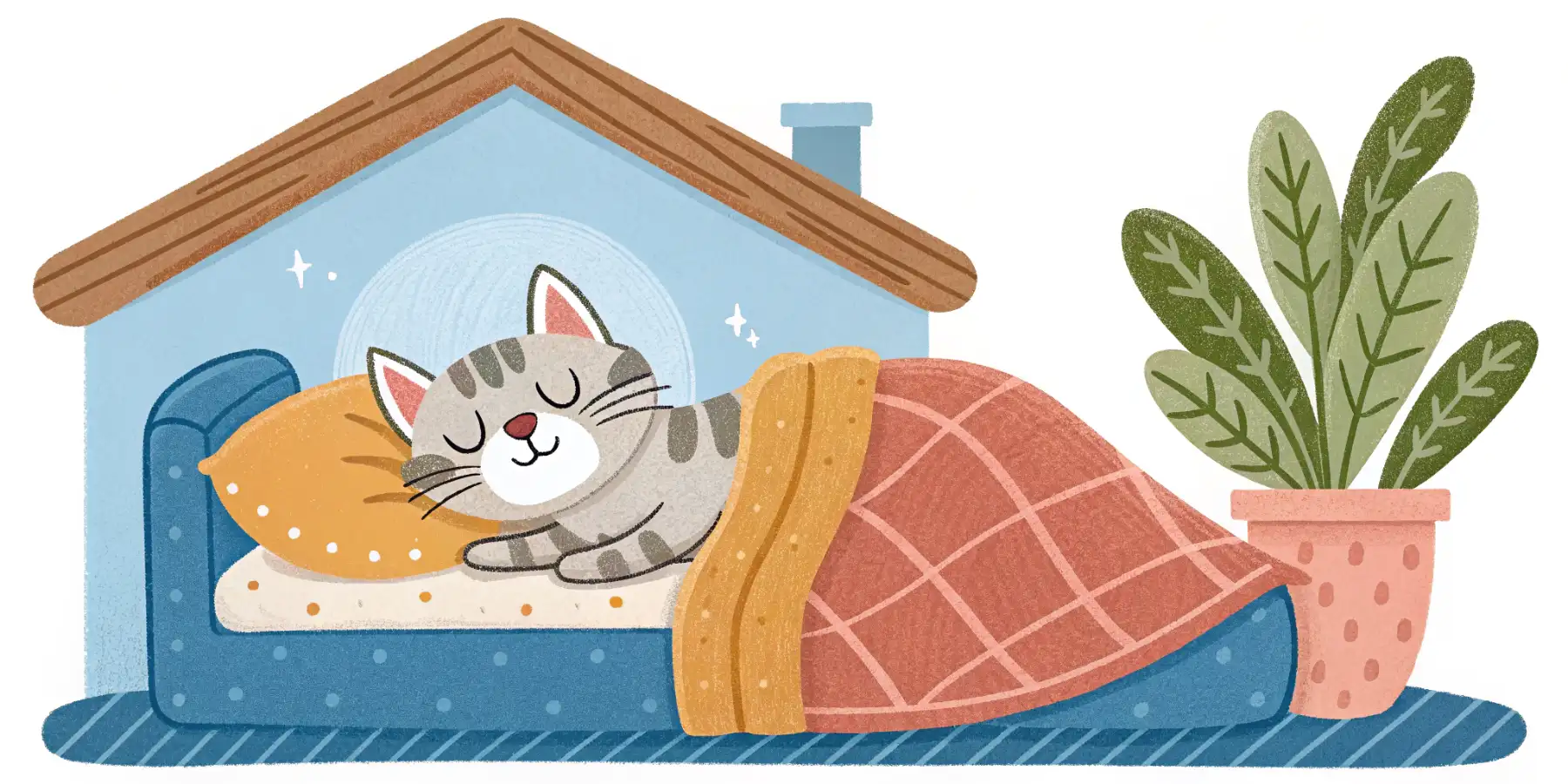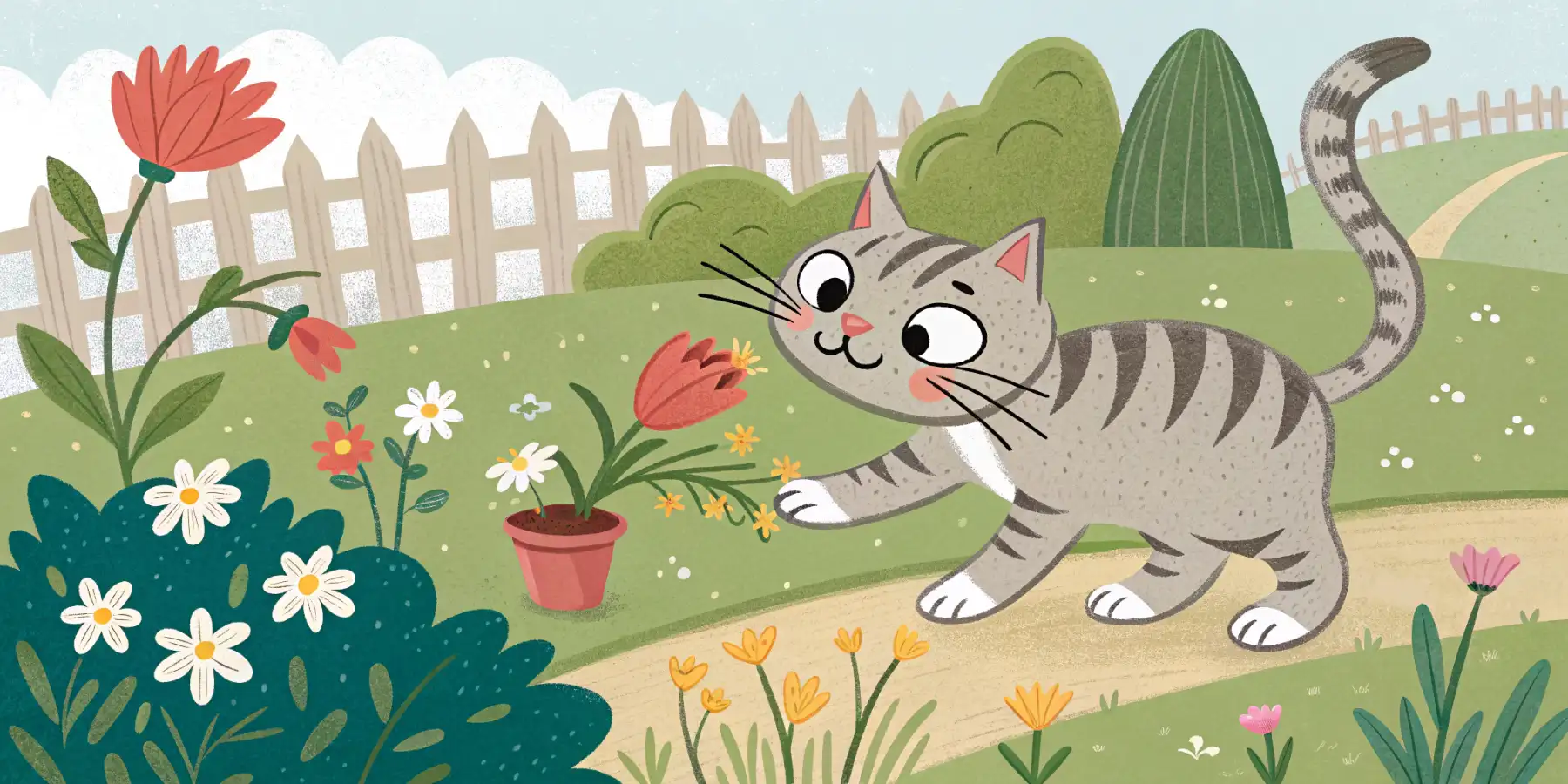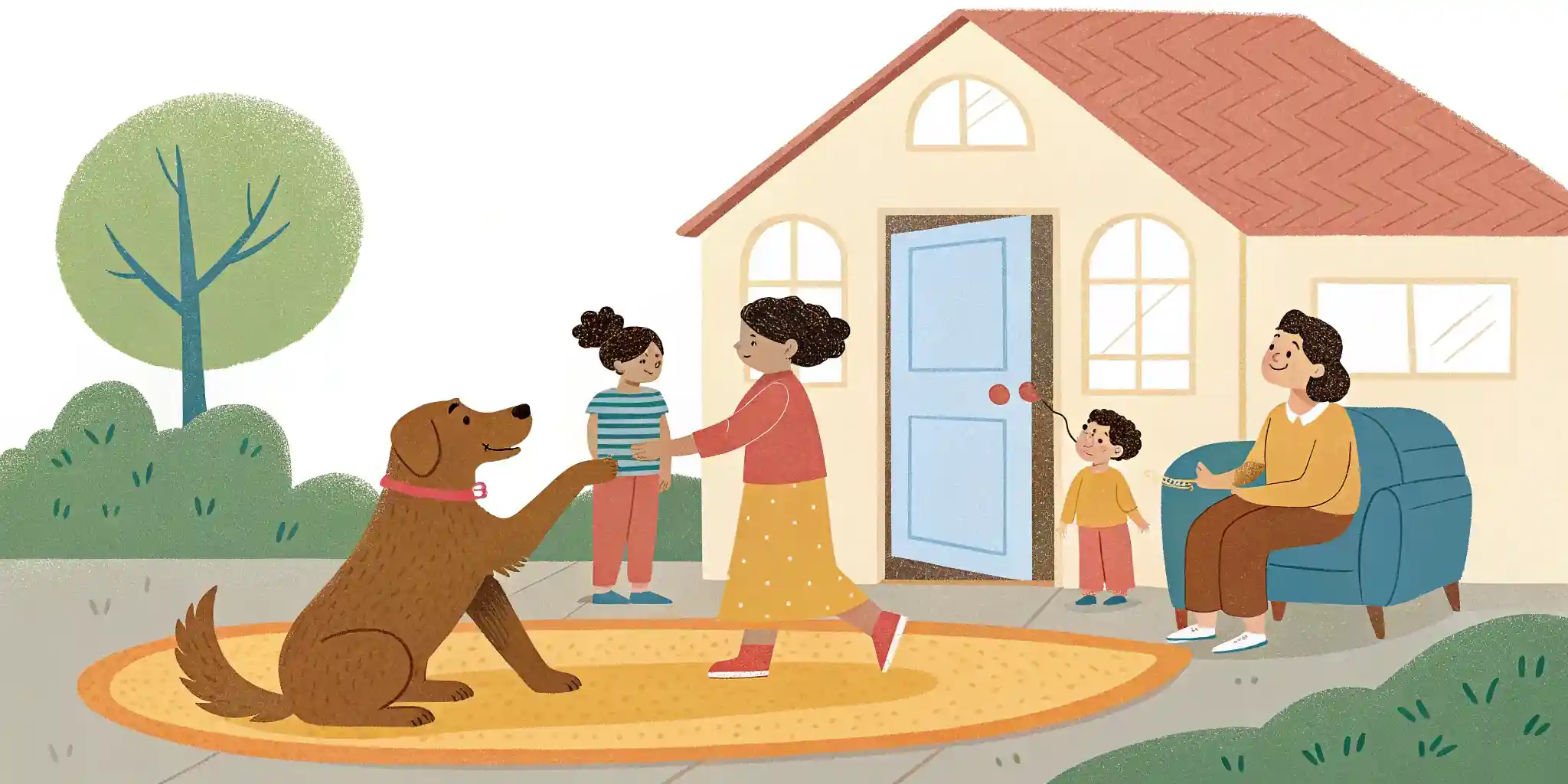
Happy Dog, Happy Home: Family Integration Tips
Happy dog, happy home! Family integration tips for a smooth transition with kids & other pets. Read now for a harmonious household!
Integrating Your Dog with Family Life: Kids, Other Pets, and Visitors
Bringing a dog into your family is a joyous occasion! But ensuring a smooth integration with kids, other pets, and even visitors requires careful planning and consistent effort. A well-adjusted dog makes for a happy household, and that’s the goal, right? As someone who has worked with animals for years, I’ve seen firsthand how a little preparation can prevent a whole lot of headaches later on. This blog post will guide you through the process, offering practical advice and insights to help your dog become a cherished member of your family.
Introducing Your Dog to Children: A Recipe for Success
One of the most crucial aspects of dog ownership is creating a safe and positive relationship between your dog and children. Kids and dogs can be best friends, but it’s essential to teach both parties how to interact respectfully.
- Teach Children Respect: This is paramount. Children need to understand that a dog is not a toy. Teach them not to pull on ears, tails, or fur. Explain that the dog needs its space and should be left alone when eating, sleeping, or resting in its crate. A crucial long-tail keyword here is “how to teach kids to respect dogs.”
- Supervise Interactions: Never leave young children unsupervised with a dog, regardless of the dog’s breed or temperament. Accidents can happen, and even the most well-behaved dog can react unpredictably if startled or hurt.
- Positive Reinforcement: Encourage gentle petting and calm interactions. Reward both the child and the dog for positive behaviors. For example, if your child pets the dog gently and the dog remains calm, offer both a verbal praise and a small treat (for the dog, of course!).
- Teach Body Language: Help children learn to recognize signs of stress or discomfort in the dog, such as lip licking, yawning, whale eye (showing the whites of their eyes), or a tucked tail. If the dog exhibits these signs, it’s time to separate them.

Caption: A young child carefully and gently pets a Golden Retriever with adult supervision, demonstrating safe dog interaction with children.
Navigating the Multi-Pet Household: Harmony, Not Hostility
Introducing a new dog to an existing pet household requires patience and a gradual approach. Rushing the process can lead to territorial disputes and anxiety for all involved. In my experience, slow and steady wins the race!
- Scent Swapping: Before the formal introduction, swap bedding or toys between the animals so they can get used to each other’s scent. This helps them become familiar with each other in a less threatening way.
- Controlled Introductions: Start with brief, supervised meetings in a neutral territory, like a park or a neighbor’s yard. Keep both animals on leashes and maintain a safe distance.
- Separate Feeding Areas: Feeding time can be a trigger for aggression, so it’s crucial to feed each pet in separate areas where they feel safe and secure. This prevents food guarding behaviors.
- Individual Attention: Make sure each pet receives individual attention and playtime. This helps prevent jealousy and ensures that each animal feels loved and valued.
- Monitor Body Language: Be vigilant in observing their body language. Watch for signs of tension, such as stiff posture, growling, or snapping. If you see these signs, separate the animals immediately and try again later with a more gradual approach. For those with cats and dogs, the long-tail keyword introducing a new dog to cats has a lot of search traffic.

Caption: A dog and cat share a peaceful moment in their shared home, illustrating a successful dog and cat introduction process.
Welcoming Visitors: Polite Paws and Happy Hellos
Your dog’s behavior around visitors can greatly impact your social life. Training your dog to greet guests politely is essential for creating a welcoming atmosphere.
- Leash Greetings: When visitors arrive, keep your dog on a leash until they are calm and relaxed. This prevents jumping or excessive barking.
- Teach a “Place” Command: Train your dog to go to a designated “place,” such as a bed or crate, when visitors arrive. This provides them with a safe space and keeps them out of the way. I believe that consistently enforcing the “place” command is one of the most effective ways to manage a dog’s behavior during social gatherings.
- Reward Calm Behavior: Reward your dog with treats and praise when they remain calm and quiet around visitors.
- Warn Your Visitors: Let your visitors know how to interact with your dog. Tell them whether it’s okay to pet the dog and how to approach them safely.
- Respect Your Dog’s Boundaries: If your dog is shy or fearful of strangers, don’t force them to interact. Provide them with a safe space where they can retreat and feel comfortable.
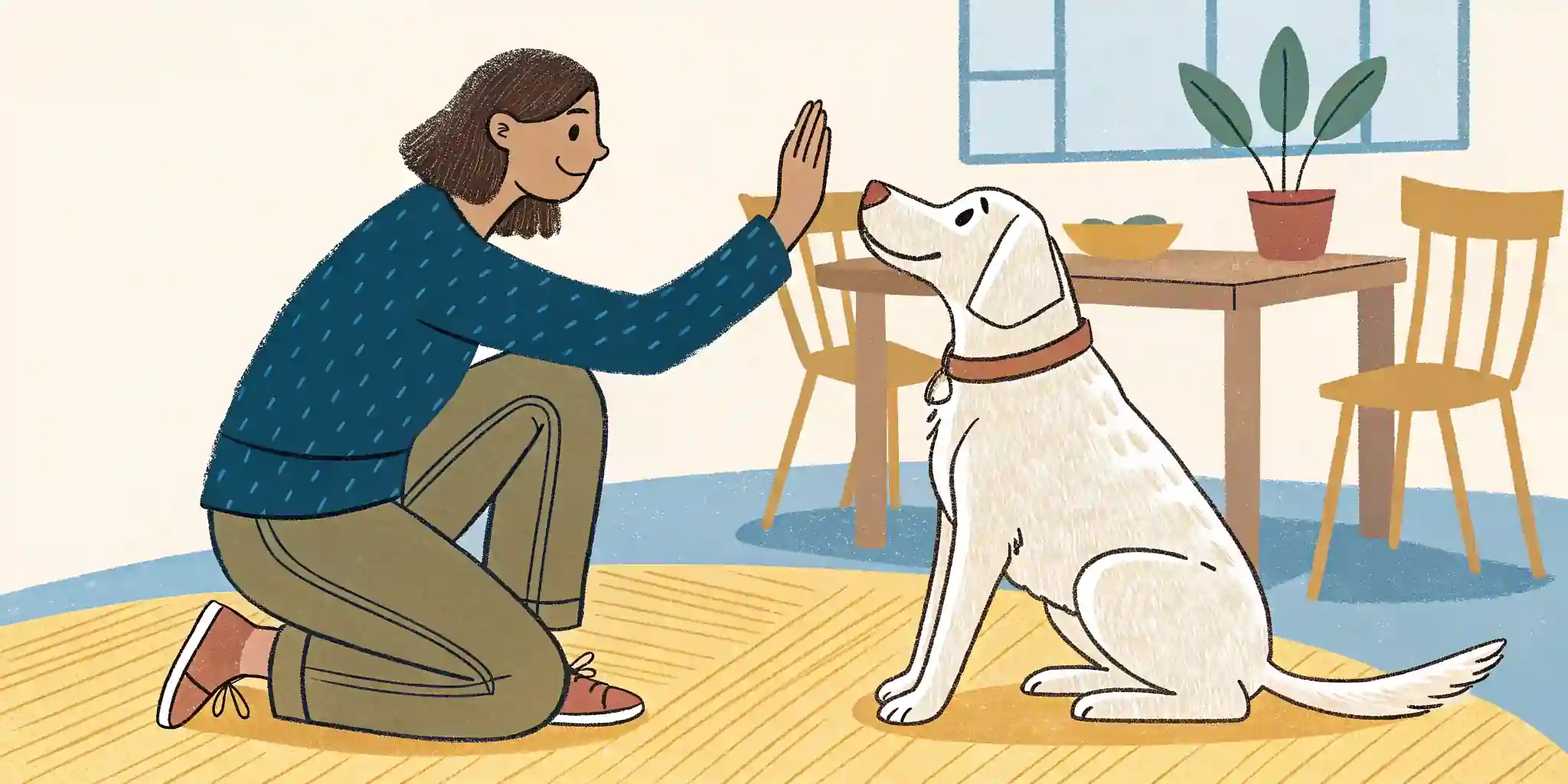
Caption: A well-behaved dog sits calmly while its owner greets a visitor, demonstrating proper dog etiquette with visitors.
Dealing with Challenges: When to Seek Professional Help
While these tips can help you navigate the integration process, some dogs may require professional help. If you’re struggling with aggression, anxiety, or other behavioral issues, consult with a certified professional dog trainer or a veterinary behaviorist. They can provide you with a personalized plan to address your dog’s specific needs. A long-tail keyword relevant here would be finding a certified dog trainer near me. Remember, seeking help is a sign of responsible pet ownership, not failure.
Integrating a dog into your family is a journey, not a destination. It requires patience, understanding, and a commitment to creating a safe and positive environment for everyone involved. By following these tips and seeking professional help when needed, you can build a strong and loving bond with your dog that will last a lifetime.
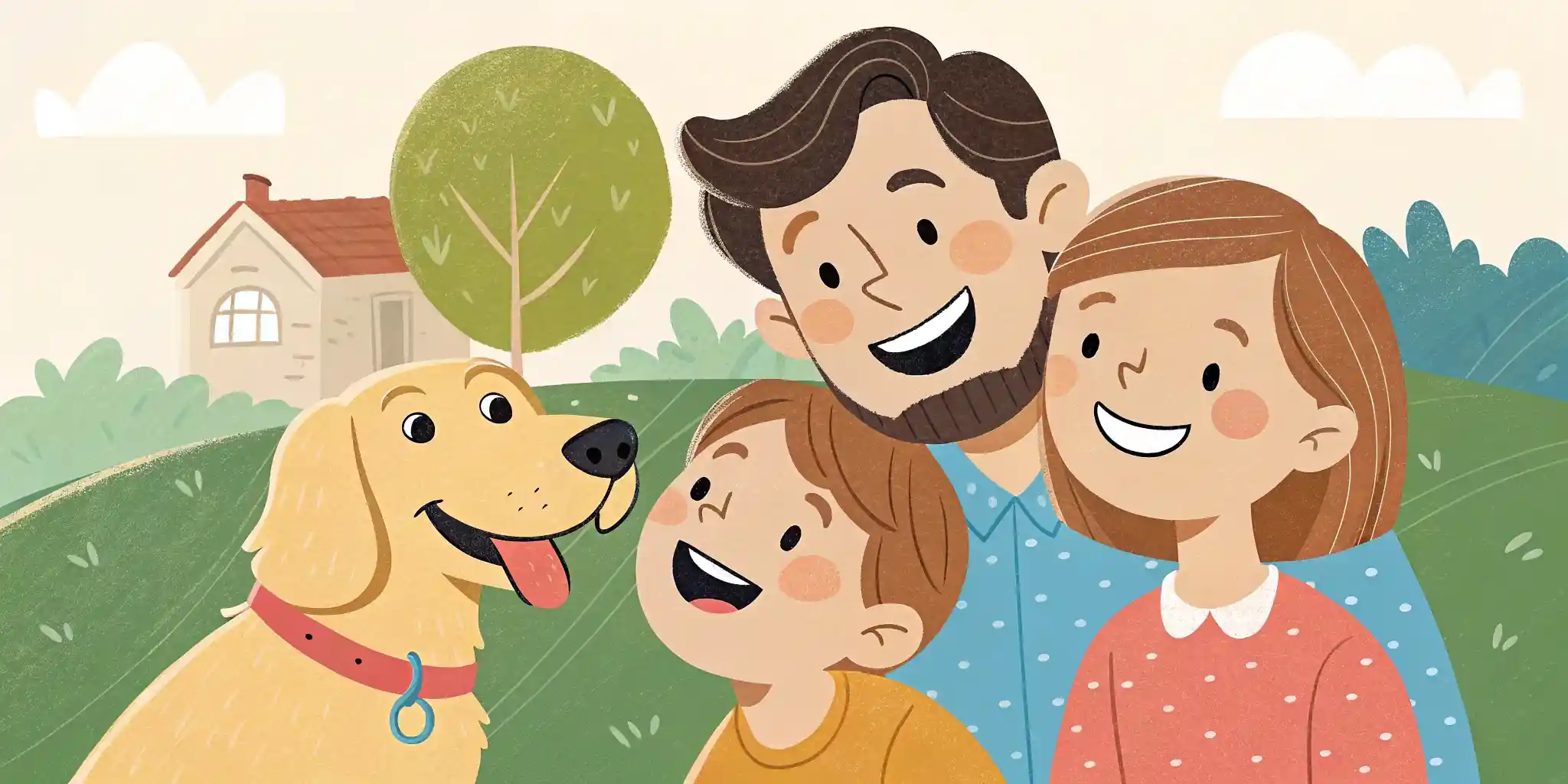
Caption: A smiling family poses with their dog, representing a successful and loving dog integration into family life.
